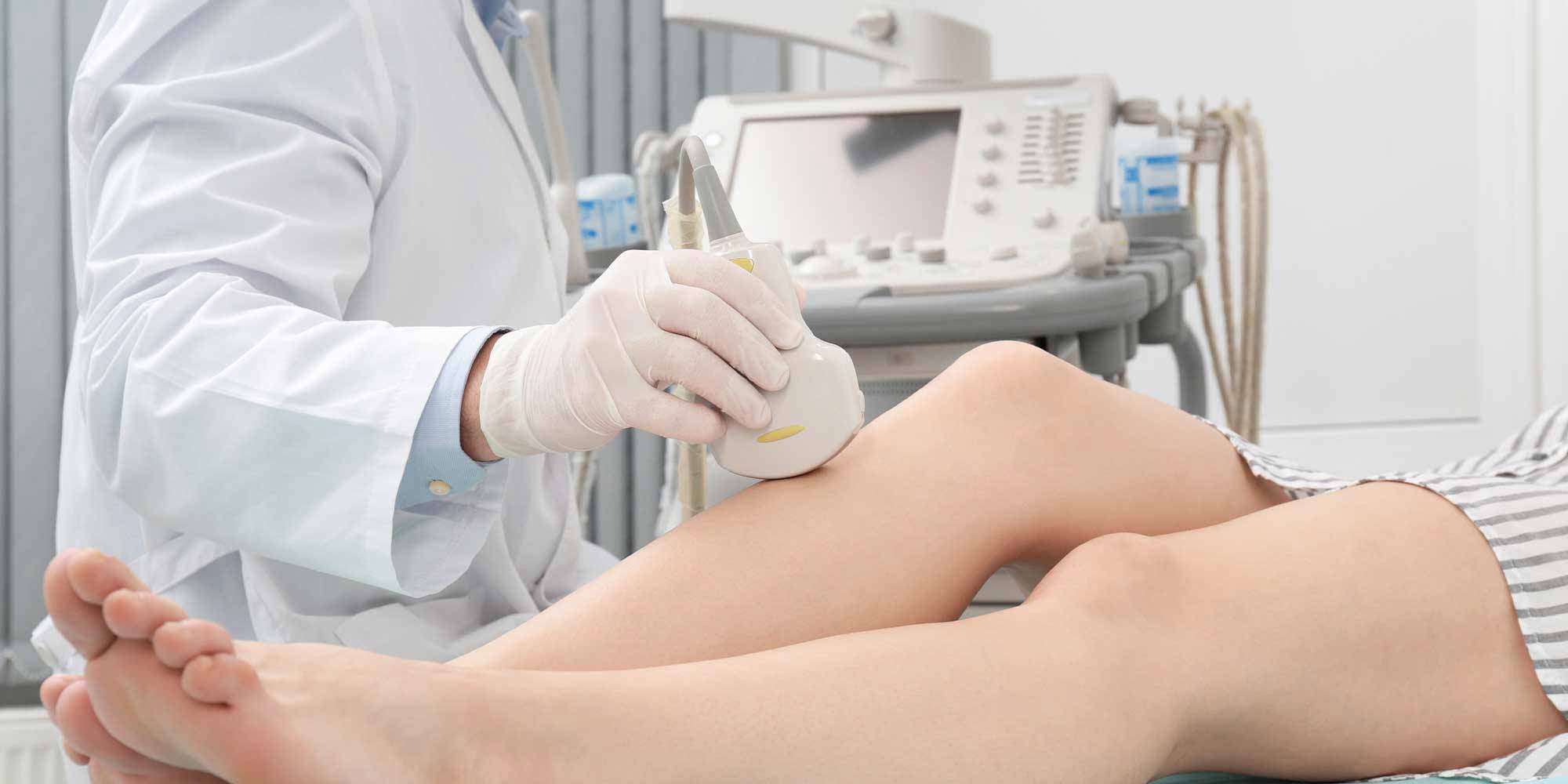Lipedema differentiation
As lipoedema is still relatively unknown, it is often confused with another disease, such as lymphoedema or obesity. These two diseases have some similarities to lipoedema. However, there are various signs that can be used to distinguish lipoedema from lymphoedema or obesity.
It is important that a medical assessment always includes the question of possible obesity. It is also important to carry out simple tests during the examination to rule out lymphoedema. If symptoms or pain persist over a longer period of time, a doctor should definitely be consulted.

LIPÖDEM VS. LYMPHÖDEM
While lipoedema usually occurs symmetrically on the extremities, lymphoedema usually occurs asymmetrically (e.g. only on one leg). In contrast to lymphoedema, lipoedema is also very sensitive to touch.
In lipoedema, the hands and feet are slim and not affected by the disease. In lymphoedema, on the other hand, the swelling also appears on the hands and/or feet (see "Stemmer's sign" below).
With lymphoedema, the skin tends to be plump and often shows signs of inflammation (e.g. "erysipelas"). Patients affected by lipoedema, on the other hand, tend to suffer from more pronounced cellulite, but generally do not show any signs of inflammation on the skin.
"As lipoedema is still relatively unknown and is often confused with other diseases, patients usually spend 5-15 years with the disease before they receive the right treatment."
LIPÖDEM VS. ADIPOSITAS
Lipoedema can spread to the entire body and manifest itself on any of the extremities. In addition to lymphoedema, the most important differential diagnosis is obesity, which is why BMI is also an important criterion in the initial diagnosis.
However, lipedema cannot be differentiated from obesity on the basis of BMI alone.
The so-called waist-to-hip ratio (WHR) is therefore often used, which represents the ratio of waist circumference to hip circumference and is therefore more suitable for distinguishing lipoedema from obesity.
Probably the most important distinguishing factor between lipoedema and obesity is its painful nature. It is not only an aesthetic problem from which those affected suffer, but also causes increasing pain and feelings of tension, especially in summer temperatures. Obesity patients, on the other hand, are usually symptom-free.
Similarly, the tendency to hematoma cannot be observed with obesity, whereas lipedema patients often and quickly suffer from bruising.
In the case of pure lipoedema, there is often a disproportion between the upper and lower body. This does not usually occur with obesity, as the excess weight in obesity occurs over the entire body.
It is not uncommon for there to be a mixture of obesity and lipoedema. However, a final diagnosis should always be made by a specialist. You are welcome to make an appointment at our practice.


